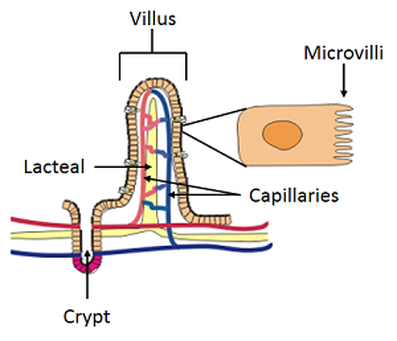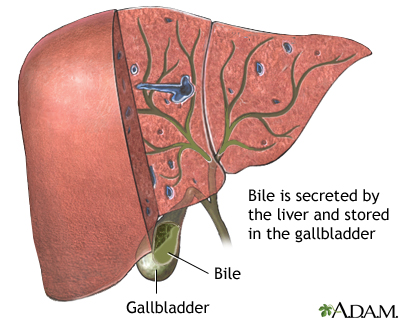Carbohydrates
Sources of simple carbs: Candy, fruit, etc.
Sources of complex carbs: Bread, pasta, beans, etc.
Carbs are the body’s main source of energy. Used as immediate energy.
Proteins
Sources: Beans, lentils, soy, etc. (I’m a vegetarian so I prefer to list that kind of stuff, but if not, protein can also be found in animal meat, including fish)
Protein is used to build and repair tissue and build muscle.
Lipids
Sources: oil (eg olive oil), fish, eggs, pork
Lipids are usually stored as fat for insulation and used as a long term energy store, as well as to protect (especially vital) organs.
Vitamin A
Sources: Green and yellow veggies (eg lettuce) and fish liver oil (yucks!) and dairy such as milk or eggs
Used to maintain eyes healthy, normal reproduction, formation and maintenance of teeth, skin and tissue. It is an antioxidant so it also helps the immune system function correctly.
Vitamin C
Sources: Oranges, lemons, raspberries, broccoli etc.
This is an antioxidant in the body and is essential in maintaining healthy connective tissue (deficiency causes scurvy) Also helps the absorption of iron and copper and helps fight and prevent infection.
Vitamin D
Sources: Sunlight, fish and liver oils. Few foods contain significant amounts.
Helps the body absorb calcium. (deficiency causes rickets)
Calcium
Sources: Milk, cheese, yoghurt and fortified soy milk, etc
Essential for maintaining strong bones, teeth and nails, functioning heart, muscles and nerves.
Iron
Sources: whole meat cereal, chickpeas, lentils, sunflower seeds, kale.
Used in haemoglobin in red blood cells, responsible for transporting oxygen around your body
Water
Sources: WATER!! (and soup lol)
Used in respiration.
Dietary fiber
Sources: Cereals, beans (eg chickpeas, red kidney beans, etc) and nuts
Important for healthy bowel function and reduces the risk of developing bowel cancer.
 |
Figure 1: Vegetarian food plate, because why not
(yes, I am vegetarian...#sorrynotsorry) |










